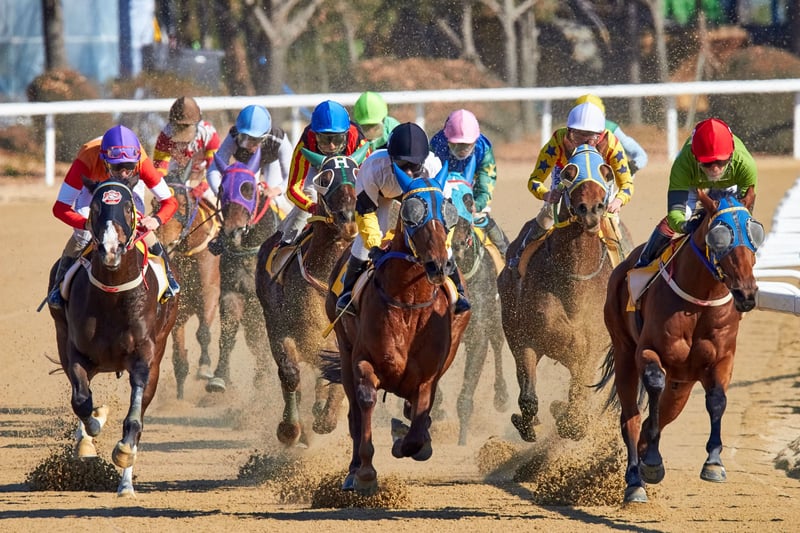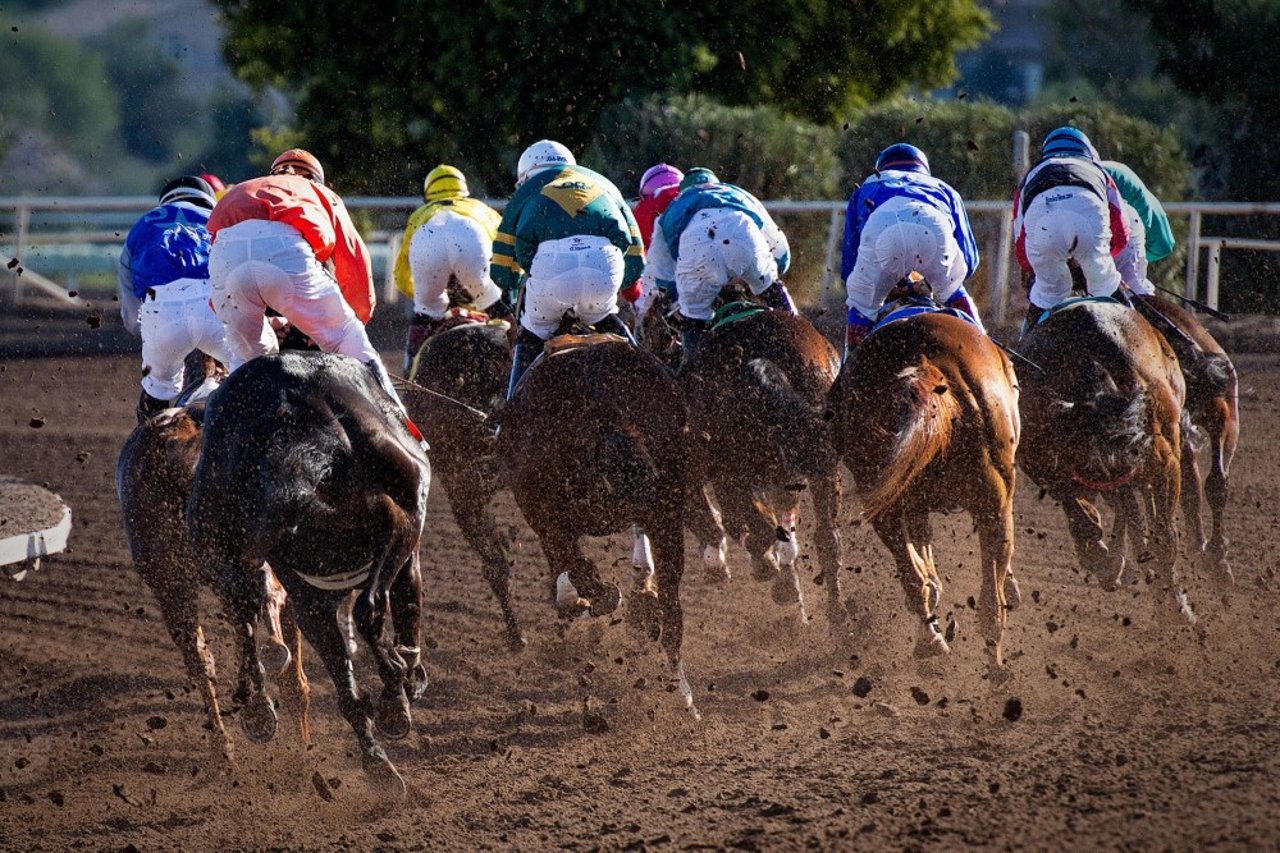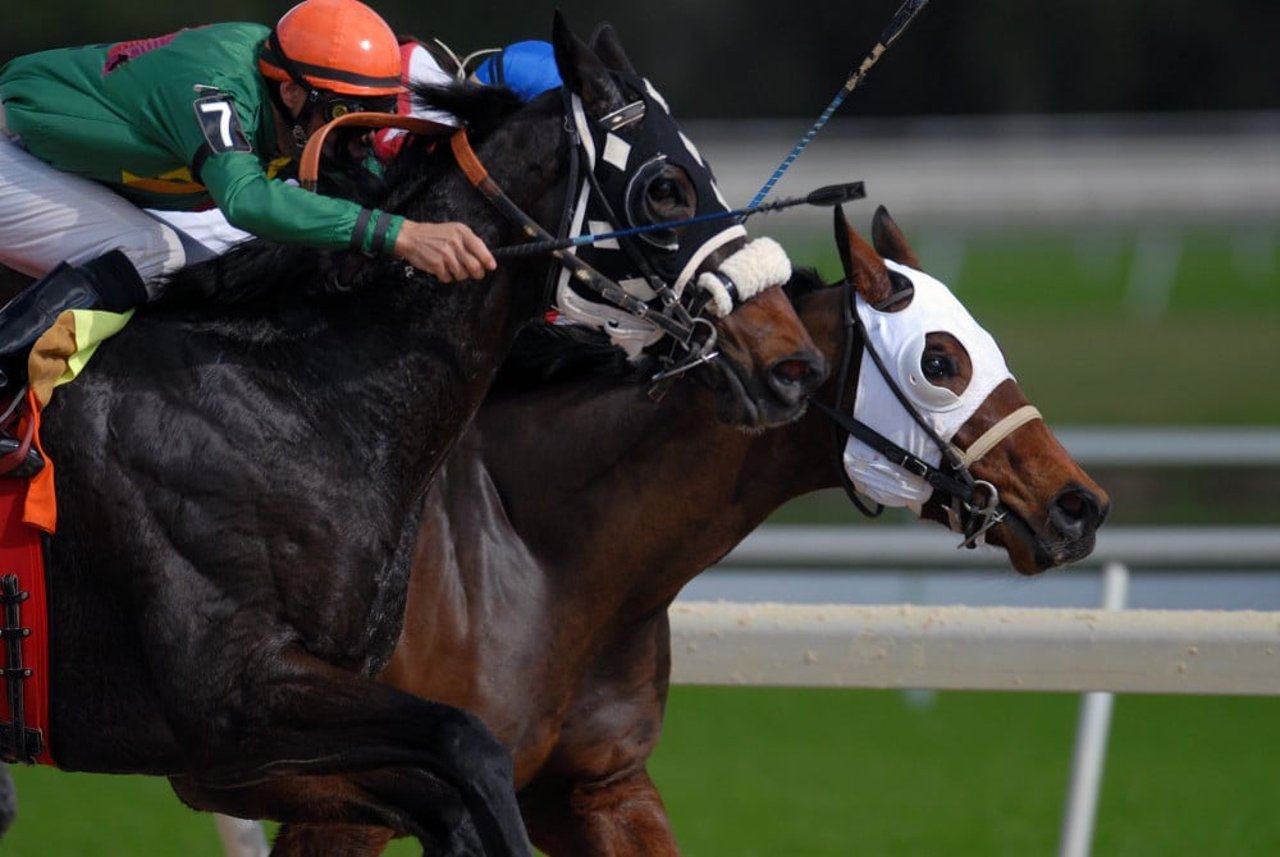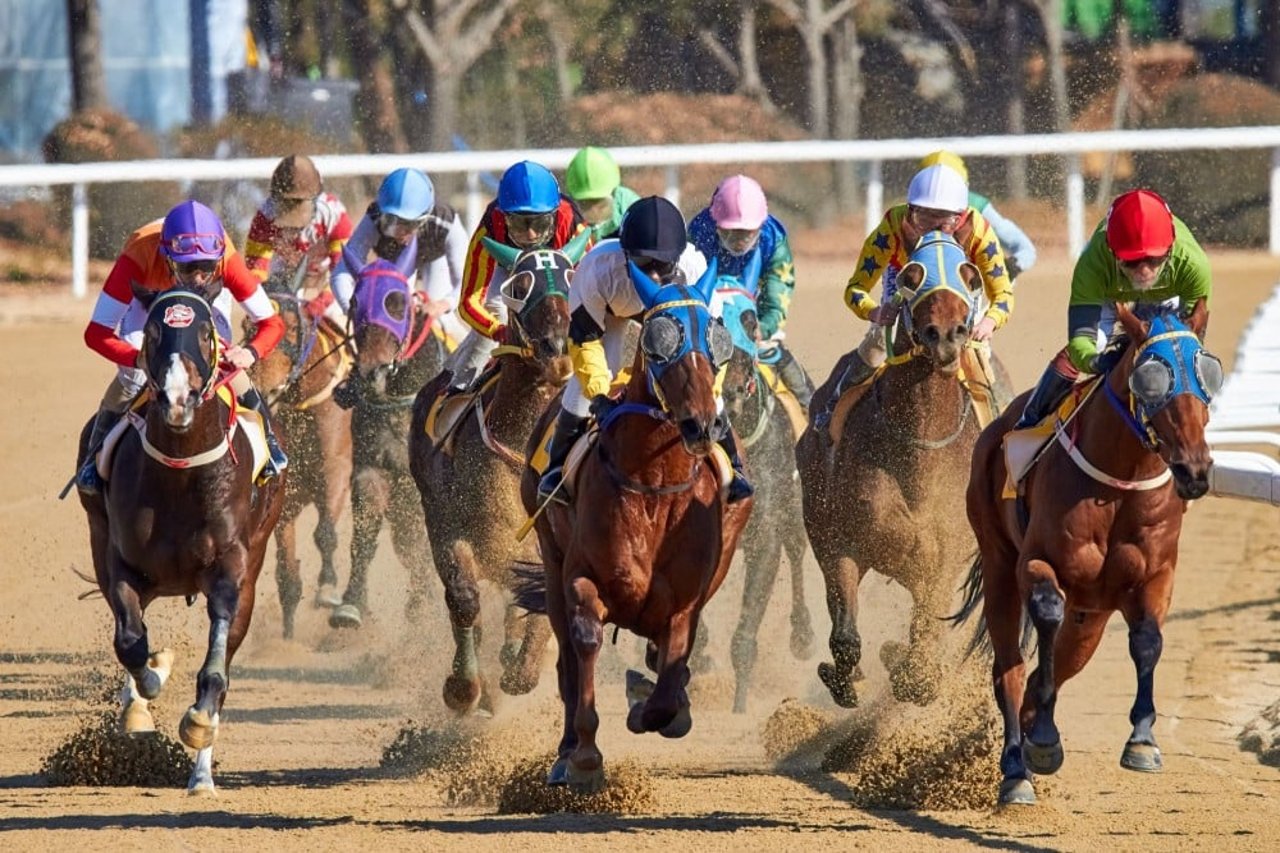
Horseracing is just plain cruel: Too many thoroughbreds are suffering
Blog
While onlookers sip mint juleps, smoke cigars, place bets and wear fancy-feathered hats, horses are losing their lives for our entertainment and some quick cash.
Many of us are outraged at the horrifying number of horse deaths reported at Santa Anita, Calif., with three recent deaths in nine days bringing the total to 26 dead horses in just six months. Outrage has led to calls for reforming Santa Anita and the industry as a whole.
Horseracing
But where is the outrage when horses are dying within our city? While onlookers sip mint juleps, smoke cigars, place bets and wear fancy-feathered hats, horses are losing their lives for our entertainment and some quick cash.
Horses, though large, strong animals, can be hurt very easily with life-ending injuries. In fact, New York State’s “Equine Death and Breakdown” report lists 31 equine deaths at racetracks throughout the state just in the first five months of 2019 (one horse has died on a New York racetrack already in June).
Of those, 15 were reported at Belmont, where the third leg of the Triple Crown is happening today. Touted as one of the “safest racing surfaces in the U.S.,” Belmont reported 30 equine deaths in 2018.
If racing horses truly could be safe, the number of equine deaths dying during or within 72 hours of their last race would be zero.
Instead, according to the Jockey’s Club “Equine Injury Database,” nearly 10 horses on average died per week at American racetracks in 2018, two-and-a-half to five times greater than fatality rates than in the rest of the racing world. What’s more, not all tracks voluntarily participate in the reporting system.
A jockey on top of a horse
Santa Anita’s very public death record is shining a light on the cruelties of horse racing, but we must not just blame the track: The entire industry is at fault.
As revealed in a recent episode of HBO’s “Real Sports,” legal and illegal drugs are pervasive throughout the industry. Horses may be administered stimulants, sedatives and anti-inflammatories, which can cover up injuries before races.
Trainers throughout the United States gives their horses furosemide, better known by its brand name Lasix, to prevent blood from entering the horse’s lungs. The drug makes horses expel 20-25 liters of urine just hours before racing and, as a result, horses often drop 20-30 pounds. Because of this, the animals race while severely dehydrated, making them more susceptible to muscle failure and collapse.
It’s an image which is far too common: Horses euthanized behind blue tarps because of injuries sustained while racing.
Even if they’re lucky enough to make it off the track, a grisly fate can await.
Some retired racehorses end up in chaotic New York City streets pulling carriages too heavy for their exhausted bodies. And each year, an estimated 10,000 thoroughbreds are sent on long, grueling journeys across our borders to be sold for slaughter. Most never have the chance of being adopted out by a rescue.
Ferdinand, winner of the 1986 Kentucky Derby, and Exceller, the only horse to defeat two Triple Crown winners, were both slaughtered. Even winning and beloved horses can’t escape horrific last days.
Can you look at this "sport" the same way?
Horses are flight animals. That’s one of the main reasons they are used in sports such as racing. Transport from feed lots to slaughter is a traumatic experience for them. These once-cherished champions can spend days without proper care in transport trucks designed for cows that don’t allow room for their taller bodies and longer necks.
The United States Department of Agriculture documented slaughter transport (obtained by a Freedom of Information Act request in 2008) and found horses with gouged eyes, gruesome head injuries, open wounds, broken legs and more.
Of course none of that describes the cruelties horses witness and experience once they arrive at the slaughterhouse.
While Santa Anita’s death record may be shocking to us now, the reality is that horses have always and will continue to die for our entertainment. If animal lovers only knew that the cruelty behind racing horses includes routine doping and death of the horses they cheer on, they wouldn’t support it.
It’s true what they say: You bet. They die.
Cappiello is a campaign manager for World Animal Protection.
Originally published in the New York Daily News.


